Shengzhong Feng
Optimization of Topology-Aware Job Allocation on a High-Performance Computing Cluster by Neural Simulated Annealing
Feb 06, 2023



Abstract:Jobs on high-performance computing (HPC) clusters can suffer significant performance degradation due to inter-job network interference. Topology-aware job allocation problem (TJAP) is such a problem that decides how to dedicate nodes to specific applications to mitigate inter-job network interference. In this paper, we study the window-based TJAP on a fat-tree network aiming at minimizing the cost of communication hop, a defined inter-job interference metric. The window-based approach for scheduling repeats periodically taking the jobs in the queue and solving an assignment problem that maps jobs to the available nodes. Two special allocation strategies are considered, i.e., static continuity assignment strategy (SCAS) and dynamic continuity assignment strategy (DCAS). For the SCAS, a 0-1 integer programming is developed. For the DCAS, an approach called neural simulated algorithm (NSA), which is an extension to simulated algorithm (SA) that learns a repair operator and employs them in a guided heuristic search, is proposed. The efficacy of NSA is demonstrated with a computational study against SA and SCIP. The results of numerical experiments indicate that both the model and algorithm proposed in this paper are effective.
HPC AI500: A Benchmark Suite for HPC AI Systems
Aug 13, 2019


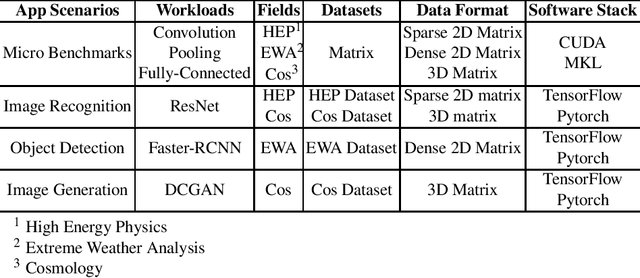
Abstract:In recent years, with the trend of applying deep learning (DL) in high performance scientific computing, the unique characteristics of emerging DL workloads in HPC raise great challenges in designing, implementing HPC AI systems. The community needs a new yard stick for evaluating the future HPC systems. In this paper, we propose HPC AI500 --- a benchmark suite for evaluating HPC systems that running scientific DL workloads. Covering the most representative scientific fields, each workload from HPC AI500 is based on real-world scientific DL applications. Currently, we choose 14 scientific DL benchmarks from perspectives of application scenarios, data sets, and software stack. We propose a set of metrics for comprehensively evaluating the HPC AI systems, considering both accuracy, performance as well as power and cost. We provide a scalable reference implementation of HPC AI500. HPC AI500 is a part of the open-source AIBench project, the specification and source code are publicly available from \url{http://www.benchcouncil.org/AIBench/index.html}.
A Novel Deep Neural Network Based Approach for Sparse Code Multiple Access
Jun 19, 2019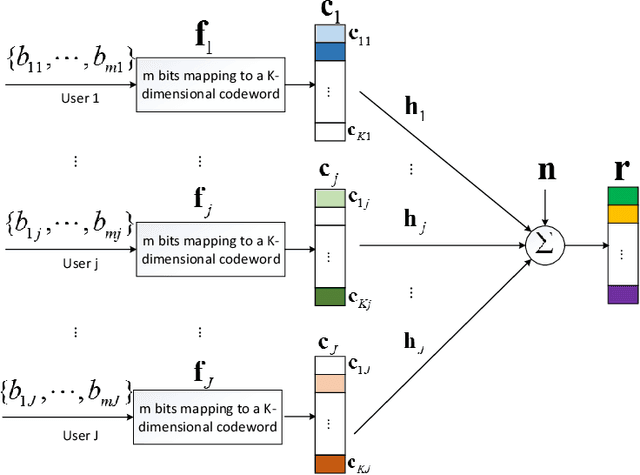
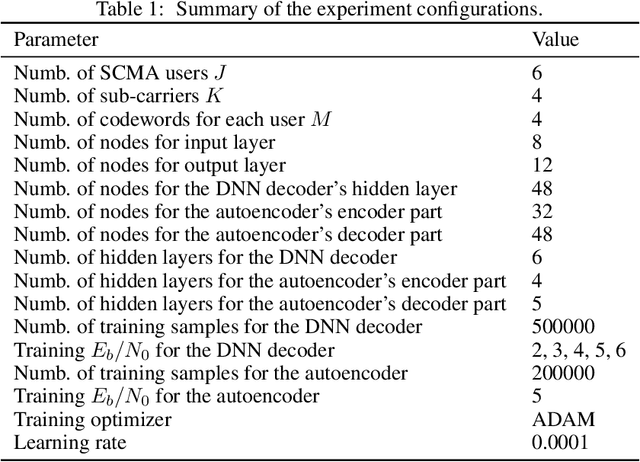
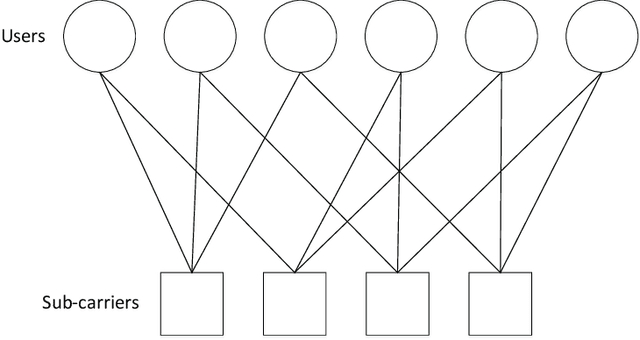
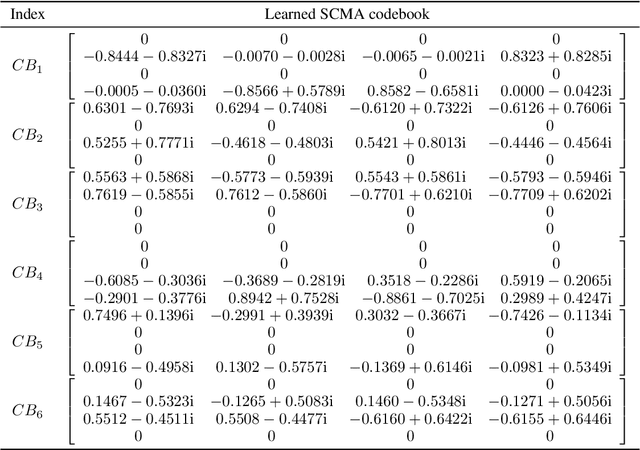
Abstract:Sparse code multiple access (SCMA) has been one of non-orthogonal multiple access (NOMA) schemes aiming to support high spectral efficiency and ubiquitous access requirements for 5G wireless communication networks. Conventional SCMA approaches are confronting remarkable challenges in designing low complexity high accuracy decoding algorithm and constructing optimum codebooks. Fortunately, the recent spotlighted deep learning technologies are of significant potentials in solving many communication engineering problems. Inspired by this, we explore approaches to improve SCMA performances with the help of deep learning methods. We propose and train a deep neural network (DNN) called DL-SCMA to learn to decode SCMA modulated signals corrupted by additive white Gaussian noise (AWGN). Putting encoding and decoding together, an autoencoder called AE-SCMA is established and trained to generate optimal SCMA codewords and reconstruct original bits. Furthermore, by manipulating the mapping vectors, an autoencoder is able to generalize SCMA, thus a dense code multiple access (DCMA) scheme is proposed. Simulations show that the DNN SCMA decoder significantly outperforms the conventional message passing algorithm (MPA) in terms of bit error rate (BER), symbol error rate (SER) and computational complexity, and AE-SCMA also demonstrates better performances via constructing better SCMA codebooks. The performance of deep learning aided DCMA is superior to the SCMA.
Preprint Extending Touch-less Interaction on Vision Based Wearable Device
Jul 29, 2015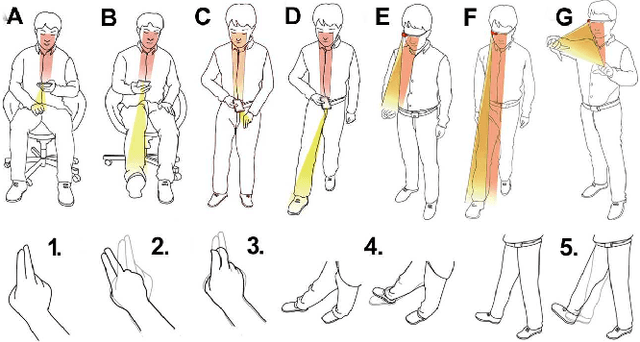
Abstract:This is the preprint version of our paper on IEEE Virtual Reality Conference 2015. A touch-less interaction technology on vision based wearable device is designed and evaluated. Users interact with the application with dynamic hands/feet gestures in front of the camera. Several proof-of-concept prototypes with eleven dynamic gestures are developed based on the touch-less interaction. At last, a comparing user study evaluation is proposed to demonstrate the usability of the touch-less approach, as well as the impact on user's emotion, running on a wearable framework or Google Glass.
Efficiently Detecting Overlapping Communities through Seeding and Semi-Supervised Learning
Sep 17, 2014



Abstract:Seeding then expanding is a commonly used scheme to discover overlapping communities in a network. Most seeding methods are either too complex to scale to large networks or too simple to select high-quality seeds, and the non-principled functions used by most expanding methods lead to poor performance when applied to diverse networks. This paper proposes a new method that transforms a network into a corpus where each edge is treated as a document, and all nodes of the network are treated as terms of the corpus. An effective seeding method is also proposed that selects seeds as a training set, then a principled expanding method based on semi-supervised learning is applied to classify edges. We compare our new algorithm with four other community detection algorithms on a wide range of synthetic and empirical networks. Experimental results show that the new algorithm can significantly improve clustering performance in most cases. Furthermore, the time complexity of the new algorithm is linear to the number of edges, and this low complexity makes the new algorithm scalable to large networks.
 Add to Chrome
Add to Chrome Add to Firefox
Add to Firefox Add to Edge
Add to Edge